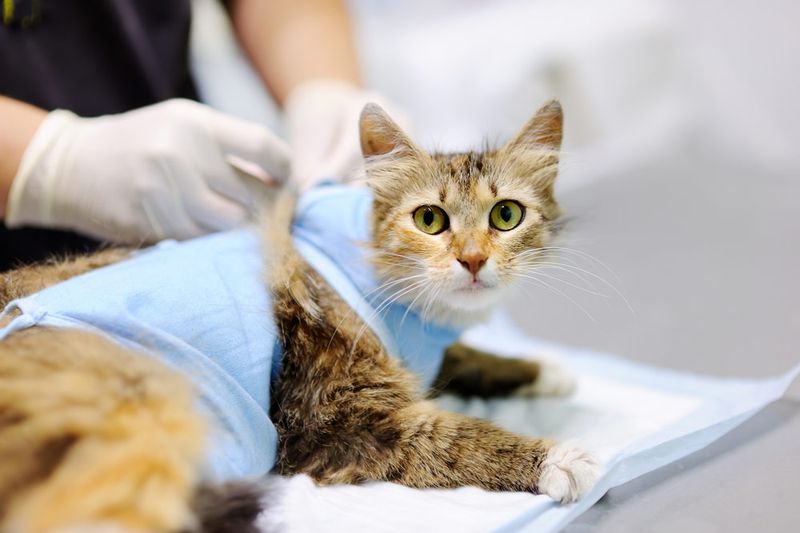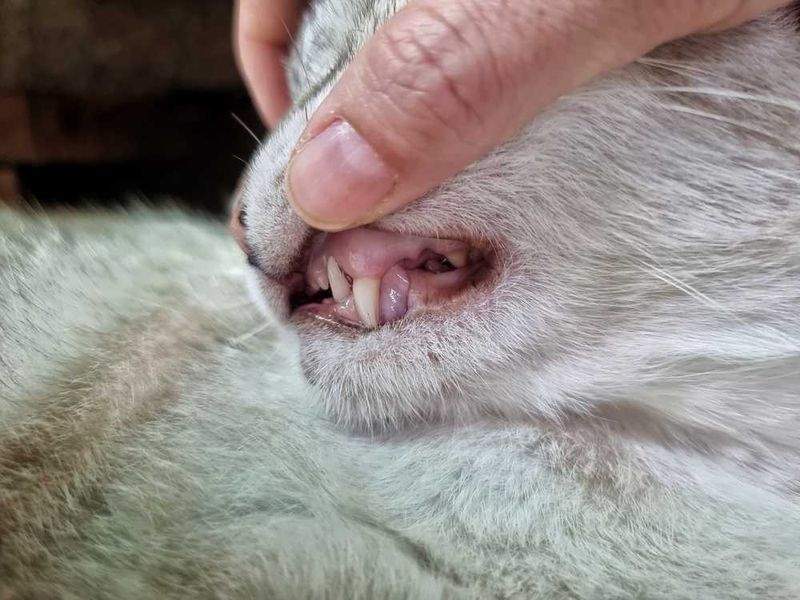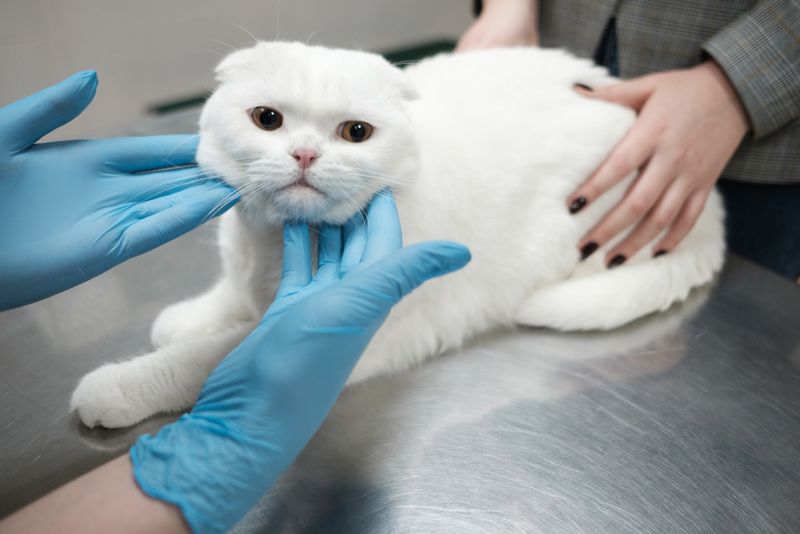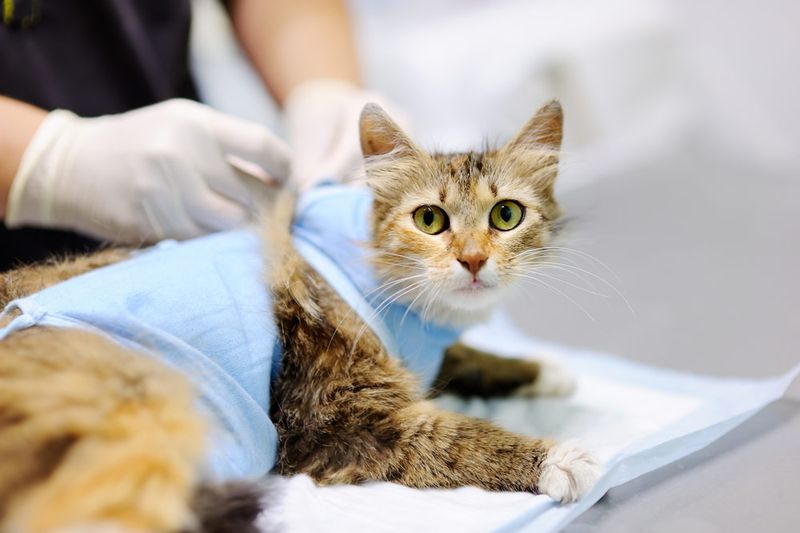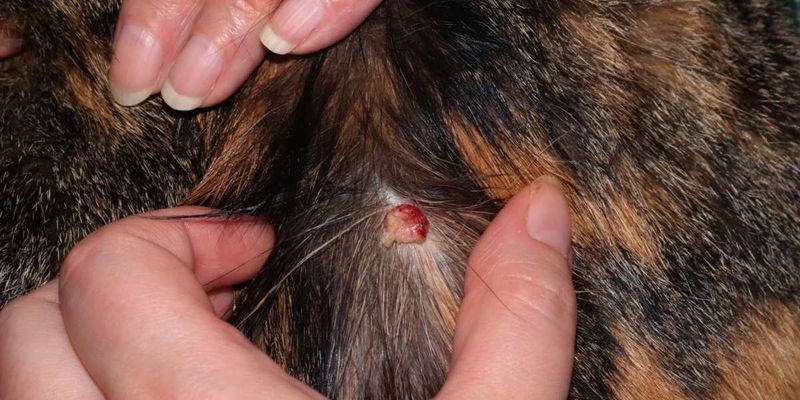📖 Table of Content:
Cancer in cats is always a difficult topic, but when it comes to rare and aggressive types like hemangiosarcoma, awareness can make all the difference. Although it’s more commonly diagnosed in dogs, hemangiosarcoma can also affect our feline companions—often silently, and with devastating speed. Because this disease targets the lining of blood vessels, it can develop anywhere in the body and spread rapidly without obvious warning signs.
What makes hemangiosarcoma particularly dangerous is how subtle and sneaky it can be. Most cats don’t show symptoms until the cancer is quite advanced or a tumor ruptures, leading to sudden health crises. This makes early detection extremely difficult, and unfortunately, by the time a diagnosis is made, treatment options are limited. That’s why understanding the basics of this condition—including how it forms, what symptoms to watch for, and how it’s treated—is essential for any cat owner.
In this article, we’ll walk through 8 key things every cat parent should know about hemangiosarcoma. From causes and symptoms to diagnosis and treatment approaches, our goal is to help you stay informed, prepared, and empowered—whether you’re facing this diagnosis with your pet or just want to be proactive about your cat’s health.
1. What Is Hemangiosarcoma?
While not common, hemangiosarcoma is a cancer that forms in the cells lining blood vessels. In cats, it tends to appear in the skin, soft tissues, or internal organs like the spleen, liver, and heart. This cancer is both rare and highly aggressive, known for spreading quickly through the body. Because it originates in the vascular system, tumors can easily rupture and cause internal bleeding. Hemangiosarcoma can be particularly challenging to diagnose early due to its deep tissue location. Many cases go unnoticed until they reach a critical stage. Even though it’s more frequently seen in dogs, it poses a serious threat to feline health when it does occur. Awareness of this disease can make a big difference in a cat’s outcome and quality of life.
2. It’s Often Silent Until Late Stages
In many cases, hemangiosarcoma remains undetected until it reaches an advanced stage. Cats are naturally good at hiding pain and discomfort, which makes spotting this cancer even harder. By the time symptoms appear, the tumor may have already ruptured or spread internally. Sudden collapse, difficulty breathing, or severe lethargy often signal a crisis moment. This late onset of symptoms is why the cancer is sometimes called a “silent killer.” What appears to be a minor change in behavior can actually be a serious red flag. Regular wellness checks and bloodwork may be the only way to catch it sooner. Unfortunately, many pet owners don’t realize something is wrong until it’s too late.
3. Common Symptoms to Watch For
Identifying symptoms of hemangiosarcoma can be difficult, as they often resemble those of other illnesses. Common signs include fatigue, loss of appetite, and weight loss. In some cases, you might notice a swollen or bloated abdomen due to internal bleeding. Cats may also show pale gums, rapid breathing, or fainting episodes. Don’t ignore sudden changes in energy levels or eating habits. These subtle symptoms can point to something much more serious. Any unusual behavior warrants a veterinary visit, especially in older cats. The sooner you take action, the better the chances of managing the condition effectively.
4. What Causes It?
Although the exact cause of hemangiosarcoma is unknown, several factors may contribute to its development. It is believed that genetic mutations within the blood vessel lining cells play a significant role. These mutations cause cells to grow uncontrollably, forming tumors that can rupture or spread. Environmental factors, like exposure to toxins or carcinogens, may also influence risk. Inflammation or chronic immune system issues might contribute, though the research is still ongoing. Unlike some cancers, this one doesn’t appear to be linked to specific breeds or lifestyles. Since it’s so unpredictable, prevention is almost impossible. This unpredictability makes understanding the disease even more important for cat owners.
5. Diagnosis Is Challenging
Diagnosing hemangiosarcoma is often a complex and lengthy process. Because its symptoms are vague, many other conditions must be ruled out first. Veterinarians typically use a combination of blood tests, ultrasounds, x-rays, and sometimes CT scans. If a suspicious mass is found, a biopsy may be needed for confirmation. Internal tumors are especially tricky, as they don’t show on the surface and may be missed in early exams. Even after diagnosis, it can be hard to determine how far the cancer has spread. Delays in identifying the disease often mean fewer treatment options. That’s why persistent or unusual symptoms should never be ignored.
6. Treatment Options Are Limited
Treating hemangiosarcoma depends heavily on the tumor’s location and how far it has spread. Surgical removal is sometimes an option if the tumor is accessible and hasn’t metastasized. Chemotherapy may be used to slow the progression and manage symptoms. Unfortunately, these treatments are often palliative rather than curative. In many cases, the goal is to extend the cat’s life while maintaining comfort and dignity. Some cats respond better than others to treatment, depending on their overall health. Alternative therapies and supportive care can also help improve quality of life. Owners must work closely with their veterinarian to make the best decisions for their pet.
7. Prognosis Is Poor
Even with intervention, the prognosis for hemangiosarcoma is usually poor. Most cats survive only a few weeks to a few months after diagnosis, especially if the cancer is internal and aggressive. The rapid spread of the disease makes long-term remission rare. Once symptoms become noticeable, it often means the cancer has already progressed significantly. For many pet owners, this reality can be heartbreaking. While treatment may extend life, it’s not typically a cure. The emotional weight of such a diagnosis is heavy for both pet and owner. Honest discussions with your vet can help guide your next steps.
8. Quality of Life Matters Most
In the face of hemangiosarcoma’s grim reality, the emphasis shifts to quality of life. This shift focuses on the cat’s comfort, ensuring they bask in moments of peace. Providing a calm, nurturing environment becomes paramount. Pain management and a favorite meal served with love can transform challenging days into cherished memories. For some, the compassion of euthanasia is the final act of love, sparing the cat from undue suffering. Ultimately, it’s about honoring the bond shared with these beloved companions, making every moment meaningful.

